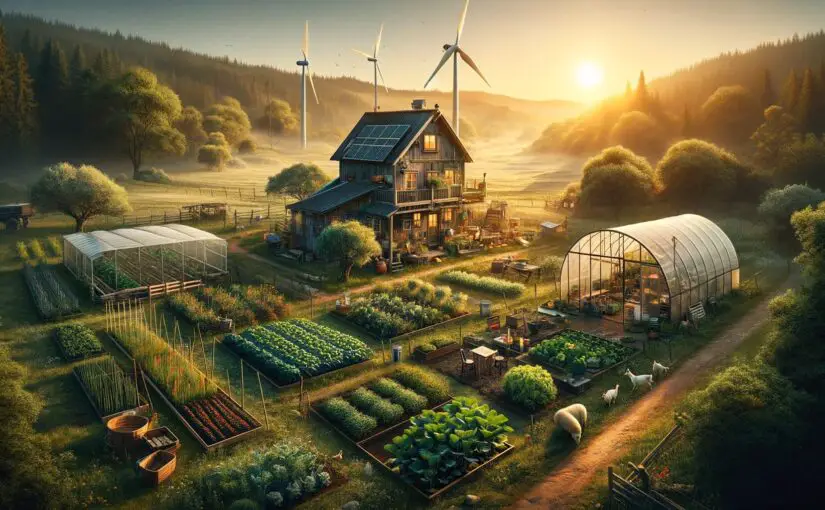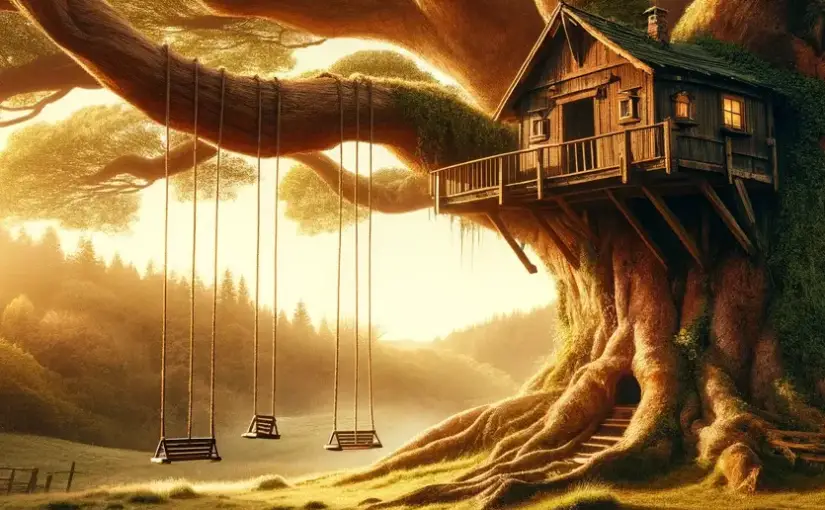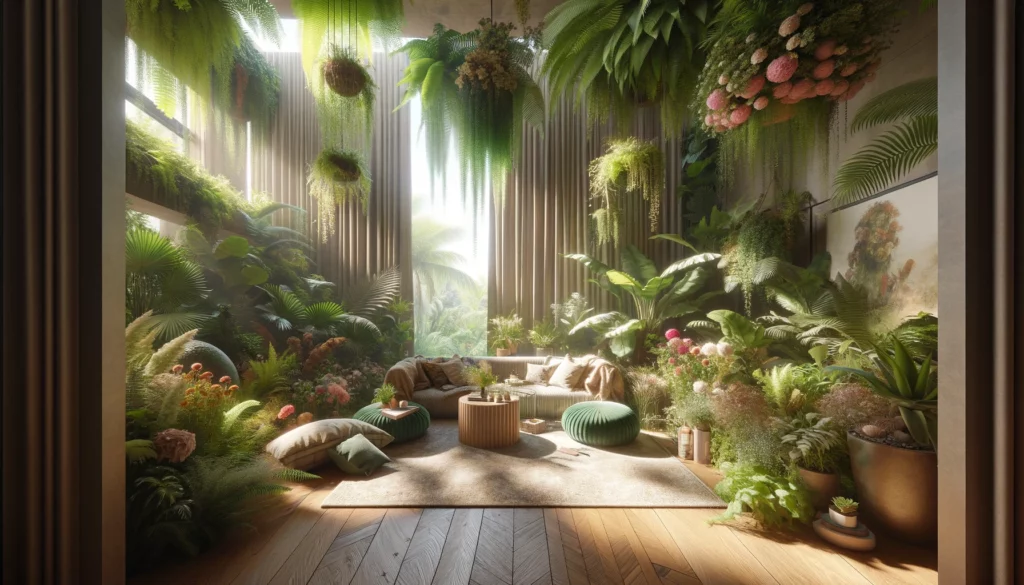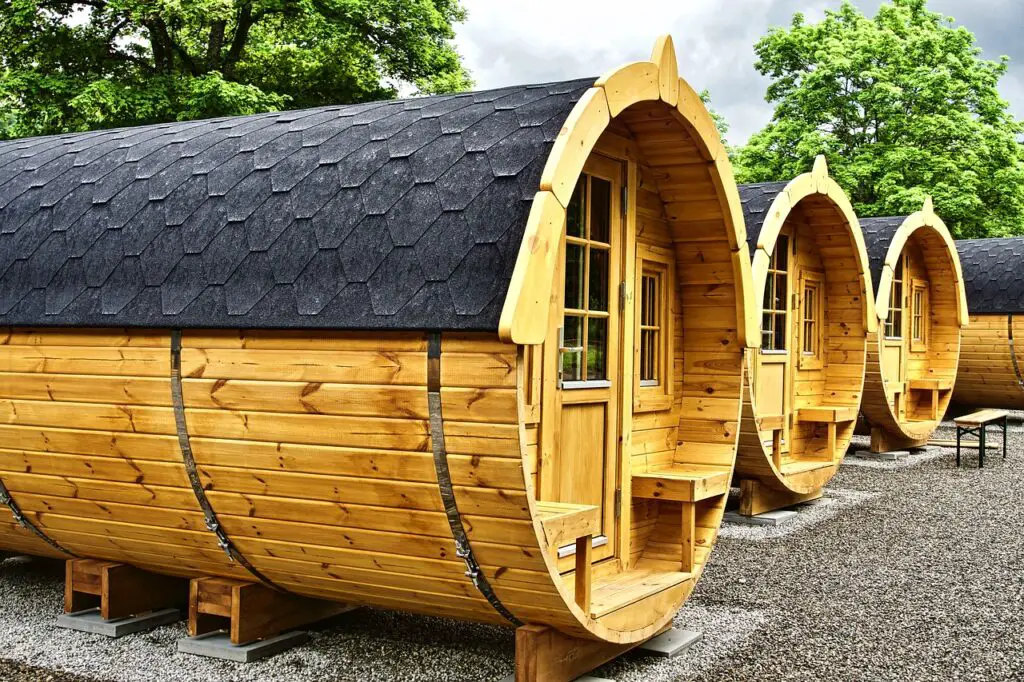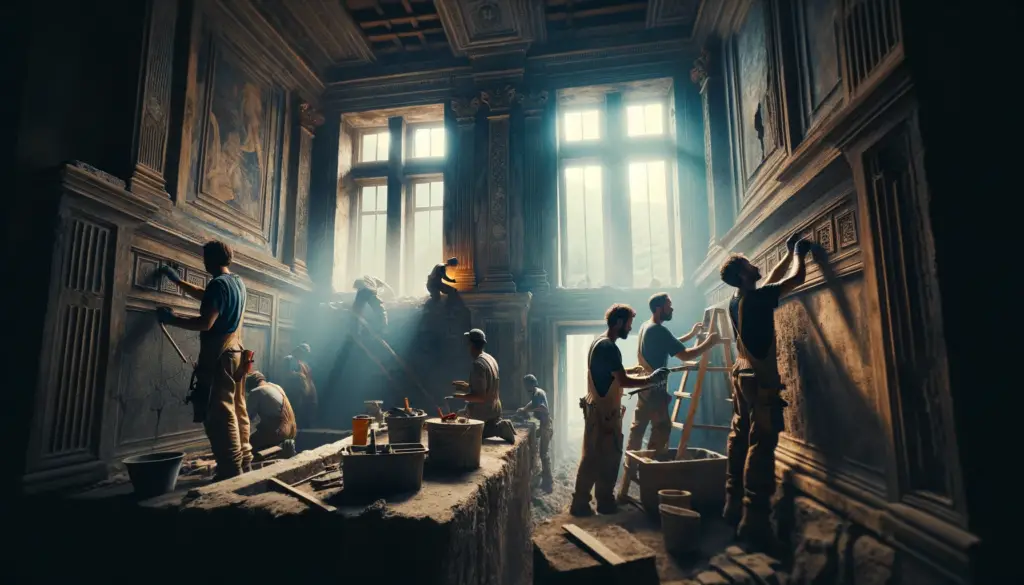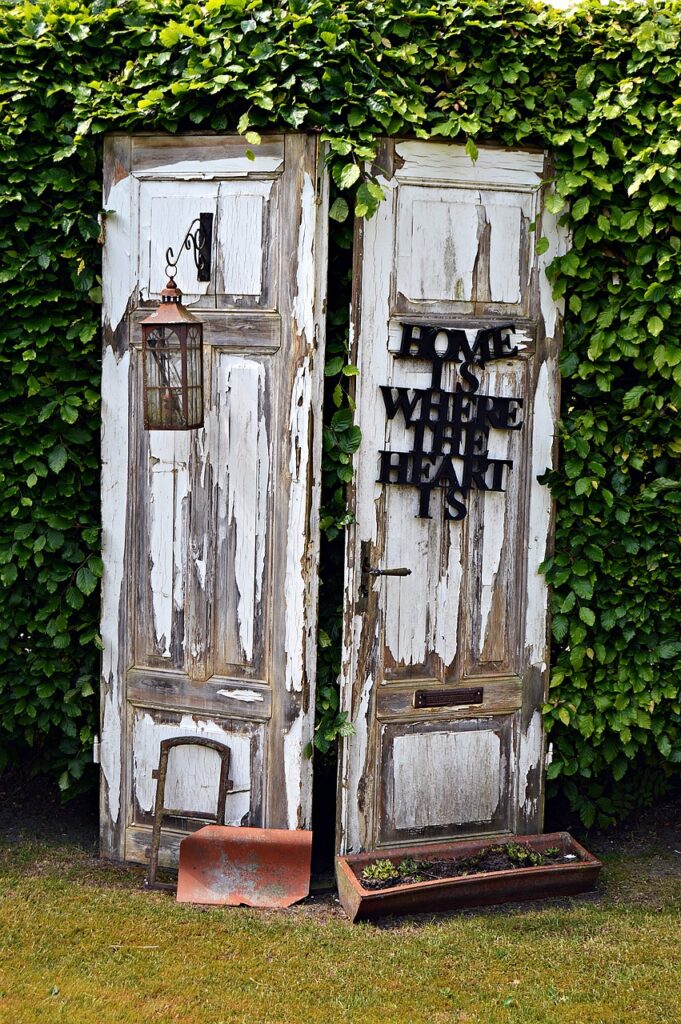Have you ever dreamed of owning a charming home surrounded by nature? Well, dream no more! Across Europe, there are hidden gems offering affordable homes under $100,000. And the best part? Some of these places will even pay you to move there! Yes, you read that right. So, let´s find your perfect nature escape.
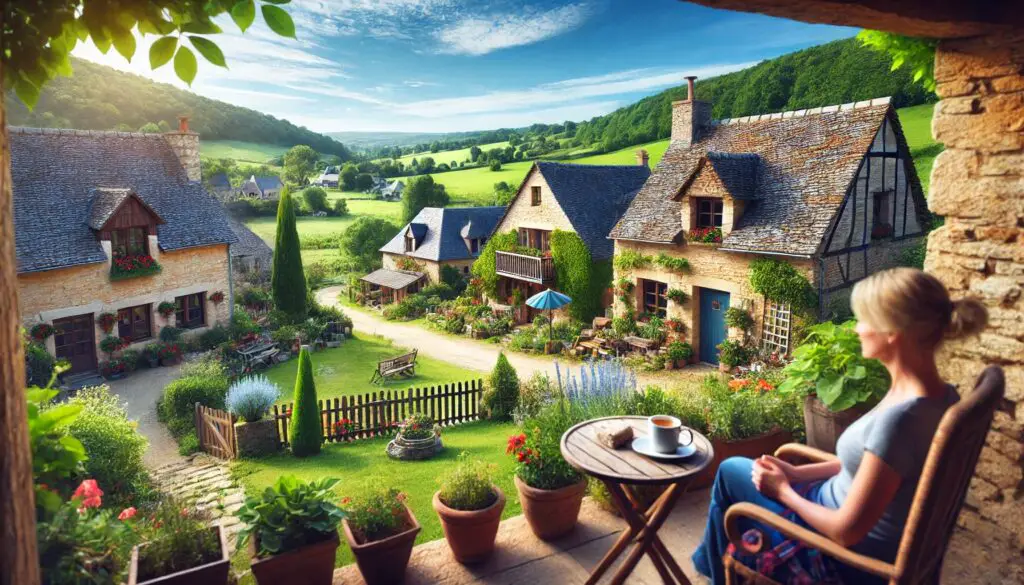
The Appeal of Nature-Centric Living in Europe
Imagine waking up to birds singing, and taking morning walks with your dog through lush forests… Living close to nature is not just good for the soul; it’s great for your health too. Studies show that being surrounded by nature reduces stress and boosts your immune system. Plus, in our post-pandemic world, remote work has made relocating to peaceful, rural areas in Europe more feasible than ever. So why not trade the concrete jungle for a natural paradise?
European Countries Offering Relocation Incentives
Now, let’s get to the juicy part: European countries will not only welcome you with open arms but also offer financial incentives to sweeten the deal.
- Italy:
- Presicce-Acquarica, Apulia: This picturesque town in southern Italy will pay you up to €30,000 if you buy a home and move there. Known for its stunning landscapes and rich cultural heritage, it’s the perfect spot to start your Italian adventure. Learn more about it here.
- Sardinia: Sardinia is offering grants to people willing to move to its charming rural areas. To qualify, you need to buy or renovate a home in a municipality with fewer than 3,000 people. Check out the details here.
- Spain:
- Ponga, Asturias: Nestled in the mountains, Ponga is offering up to €3,000 for families and €2,000 for individuals to move there. With its breathtaking views and peaceful lifestyle, Ponga is a nature lover’s dream.
- Griegos, Teruel: This quaint village offers job opportunities, three months of free rent, and reduced rent afterward for families with children. Interested?
- Ireland:
- Our Living Islands: Ireland’s government is offering over €80,000 to new residents who move to and restore properties on its remote islands. These islands offer a unique and tranquil living experience. Discover more here.
- Portugal:
- Emprego Interior MAIS: This scheme offers up to €4,827 for workers moving to rural areas. So, imagine living in a charming Portuguese village, sitting under your own orange tree, surrounded by beautiful landscapes and friendly locals.
Affordable Homes with Natural Charm
Now, let’s talk about homes in Europe. Picture this: a cozy cottage in Italy with a garden where you can grow your own vegetables, a rustic Spanish house with views of the mountains, or a charming Irish island home with the sea at your doorstep. These homes not only come with a price tag under $100,000 but also offer the tranquility and charm that city apartments just can’t compete with.

Tips for Finding Your Home in Europe
Ready to find your own slice of paradise? Here are some tips:
- Research: Start by researching the areas offering incentives and affordable homes. Websites like propertyunder100k.com can be a great resource.
- Visit: If possible, visit the locations to get a feel for the community and lifestyle.
- Understand the Requirements: Make sure you understand the requirements for the incentives, such as residency commitments or renovation stipulations.
- Consider the Community: Think about the local amenities, healthcare, schools, and transport links. A beautiful location is great, but you also need to ensure it meets your practical needs.
Conclusion
Finding an affordable home under $100,000 in Europe that offers a high quality of life surrounded by nature—it’s a reality waiting for you in Europe’s hidden gems. So, start exploring these opportunities today and find your perfect nature escape.
Call to Action: Ready to find your dream home? Browse listings on propertyunder100k.com and subscribe to our blog for more tips and inspiring stories about affordable, quality living.




